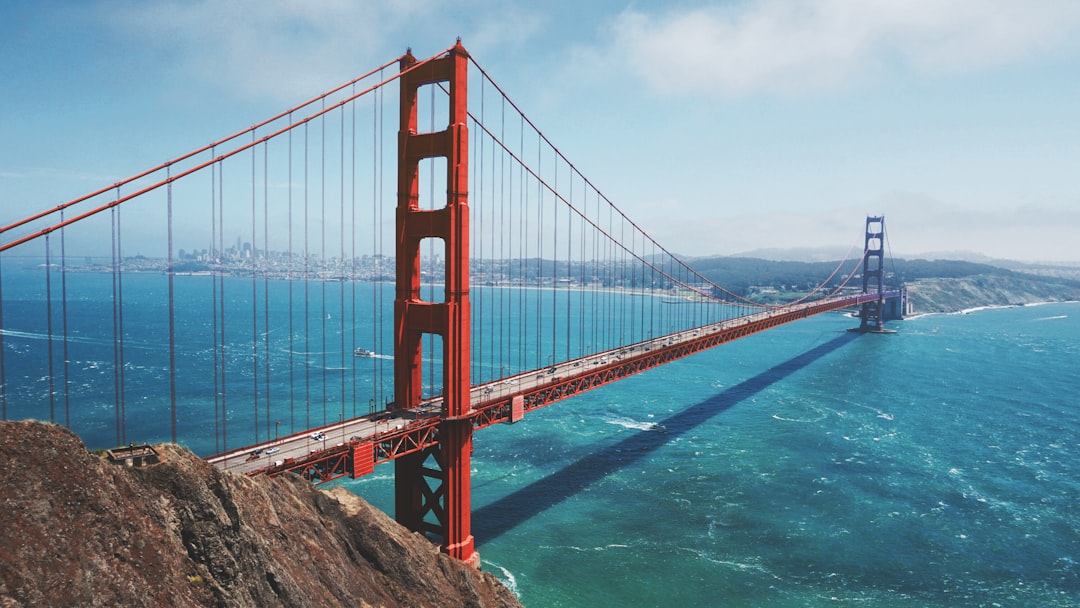The Golden Gate Bridge stands as a majestic symbol of engineering brilliance and architectural beauty, captivating millions of visitors annually. Its crimson-colored towers and sweeping suspension cables have etched an enduring mark on the skyline of San Francisco. But what lies beneath this iconic structure is a rich tapestry of history, innovation, and perseverance that shaped its creation and evolution over the years.
An Engineering Marvel
The idea of spanning the Golden Gate Strait with a bridge was first proposed in the early 20th century to connect San Francisco to Marin County. However, it was dismissed as impractical due to the treacherous currents, strong winds, and fog that characterize the area. Despite initial skepticism, a bridge design competition in 1917 saw the submission of visionary proposals by renowned engineers including Joseph Strauss, whose daring vision eventually won the approval of officials.
The construction of the Golden Gate Bridge commenced in 1933 amidst the backdrop of the Great Depression, providing much-needed employment opportunities for thousands of workers. The sheer scale and complexity of the project required innovative construction techniques, such as the use of a safety net beneath the bridge to save the lives of workers who fell during construction. Despite facing formidable challenges, including dense fog and strong ocean currents, the bridge was completed in 1937, ahead of schedule and under budget.
Enduring Legacy and Symbolism
Since its completion, the Golden Gate Bridge has not only served as a vital transportation link between San Francisco and Marin County but has also become a beloved symbol of the city and a global icon of ingenuity and human achievement. Its distinctive International Orange color was chosen both for its visibility in the fog and as a nod to the natural surroundings, blending harmoniously with the hues of the sunset and the lush greenery of the hills.
The bridge’s allure extends beyond its physical presence, embodying resilience and endurance in the face of adversity. During World War II, the bridge was painted in black and yellow stripes to increase its visibility and prevent potential attacks. It endured severe earthquakes, including the devastating 1989 Loma Prieta earthquake, with minimal damage, a testament to its robust design and construction.
Evolving Maintenance and Preservation
To ensure the longevity and safety of this iconic structure, ongoing maintenance and preservation efforts are continuously undertaken. The bridge is regularly inspected for structural integrity, corrosion, and wear and tear due to the harsh marine environment. Innovations such as seismic retrofitting have been implemented to enhance its resilience to earthquakes and ensure the safety of commuters and pedestrians.
The Golden Gate Bridge remains a shining example of human ingenuity and perseverance, a testament to the power of vision, collaboration, and determination. As it continues to stand tall against the backdrop of the Pacific Ocean, it serves as a timeless reminder of the indomitable spirit of those who dare to dream and build bridges to connect hearts and minds.
By delving into the historical tapestry of the Golden Gate Bridge, we unveil a narrative of innovation, resilience, and enduring legacy that continues to inspire and captivate the world. Its story is not just one of steel and concrete but of human ambition and ingenuity reaching across the expanse of the Golden Gate Strait, bridging not just physical distances but also the imaginations of all who gaze upon its majestic span.

